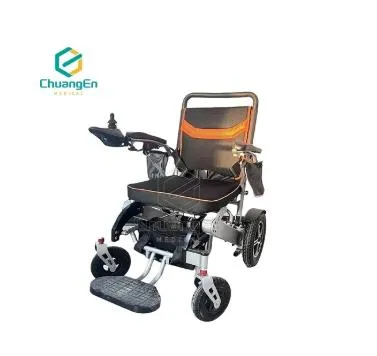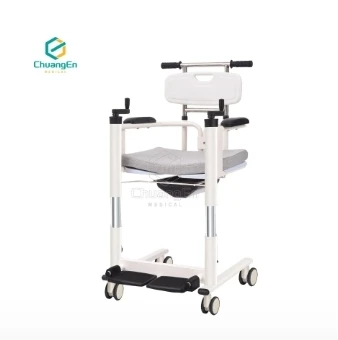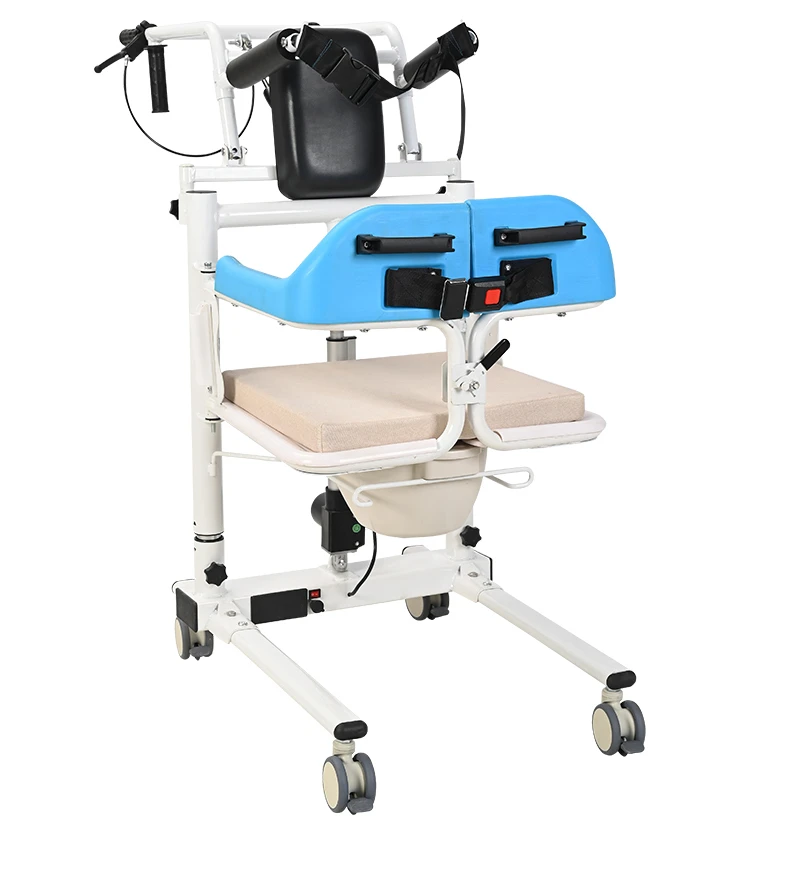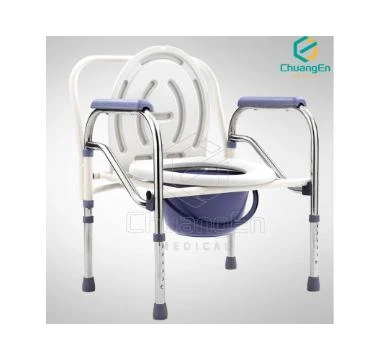The electric wheelchair industry is at a crossroads, balancing rapid technological advancements with the urgent need for equitable access. As electric wheelchair companies innovate to meet diverse consumer demands, China electric wheelchair factory hubs are redefining global production standards through cost efficiency and sustainability. This article explores how material science, modular design, and ethical manufacturing practices are shaping a future where mobility solutions are both accessible and environmentally responsible.

Electric Wheelchair Factory Innovations: Scaling Production with Sustainable Materials
Modern electric wheelchair factory operations are embracing Industry 4.0 technologies to optimize workflows. Robotic welding arms and AI-driven quality control systems ensure precision in frame assembly, minimizing material waste. Factories now prioritize lightweight composites like basalt-fiber-reinforced polymers, which offer higher tensile strength than traditional plastics while being fully recyclable.
Closed-loop manufacturing is emerging as a sustainability benchmark. For example, some electric wheelchair factory facilities recover excess aluminum shavings from machining processes, melting them down for reuse in footrests or armrests. Water-based coatings, free of volatile organic compounds (VOCs), are replacing solvent-based paints, reducing toxic emissions. These practices not only lower production costs but also align with global ESG (Environmental, Social, Governance) standards, appealing to ethically minded buyers.
Localized production is another trend. Regional electric wheelchair factory satellites are being established near raw material sources—such as bauxite mines for aluminum—to cut transportation emissions. In Southeast Asia, factories leverage abundant bamboo resources to create biodegradable seat frames, blending traditional craftsmanship with modern engineering.
The Strategic Edge of China Electric Wheelchair Factory Hubs
China electric wheelchair factory clusters dominate global supply chains through vertical integration. From sourcing medical-grade silicone for shock-absorbing tires to producing rare-earth magnets for efficient motors, these hubs control every stage of production. This integration enables rapid scaling; a single China electric wheelchair factory can pivot from producing urban commuter models to rugged outdoor wheelchairs within weeks, responding to shifting market demands.
Innovation ecosystems thrive in these hubs. Partnerships between China electric wheelchair factory leaders and tech startups have yielded breakthroughs like self-sanitizing embedded with copper nanoparticles, which reduce pathogen transmission. Additionally, AI-powered demand forecasting tools analyze global healthcare trends, allowing factories to preemptively stock components for anticipated surges—such as geriatric-friendly models for aging populations in Europe and Japan.
Ethical labor practices are becoming a differentiator. Leading China electric wheelchair factory groups now publish annual transparency reports detailing fair wages, worker safety metrics, and carbon footprints. These efforts counter historical stigma and position Chinese manufacturers as partners in global accessibility initiatives.
Electric Wheelchair Companies: Balancing Customization and Mass Production
Electric wheelchair companies are leveraging digital twin technology to offer personalized solutions without compromising scale. Customers can use VR platforms to visualize and adjust chair configurations—seat angles, armrest heights, tire treads—before production begins. These digital models feed directly into automated electric wheelchair factory lines, where robotic arms assemble bespoke orders alongside standard units.
Material innovation addresses regional challenges. For tropical markets, electric wheelchair companies use hydrophobic fabrics treated with nano-coatings to repel rain and humidity. In colder climates, heated seating systems powered by low-energy graphene pads provide comfort without draining battery life. Such adaptations demonstrate how electric wheelchair companies tailor products to micro-markets while maintaining universal safety standards.
Circular business models are gaining traction. Some electric wheelchair companies now lease chairs instead of selling them outright. At the end of the lease, units are refurbished at electric wheelchair factory facilities—replacing worn components like batteries or upholstery—and redistributed to emerging markets. This approach reduces waste and democratizes access to high-end mobility solutions.
How a Single Electric Wheelchair Company Influences Global Standards
A pioneering electric wheelchair company can catalyze industry-wide shifts. For instance, one firm’s adoption of mycelium-based packaging—grown from agricultural waste and fully compostable—has pressured competitors to phase out polystyrene foam. Similarly, breakthroughs in modular battery systems allow users to replace individual cells instead of entire packs, slashing electronic waste. These innovations often originate in R&D labs but achieve scalability through partnerships with China electric wheelchair factory networks.
User co-creation is reshaping design philosophies. A electric wheelchair company in Scandinavia collaborates with disability advocacy groups to prototype terrain-specific models. One outcome is a wheelchair with retractable snow grips on tires, enabling safe winter mobility in rural areas. Such collaborations ensure products address real-world challenges rather than hypothetical scenarios.
Policy advocacy amplifies impact. Forward-thinking electric wheelchair company leaders lobby governments to adopt universal design principles in public infrastructure. In Australia, their efforts have led to legislation mandating wheelchair-accessible charging stations in all new commercial buildings—a policy now emulated globally.
FAQS:About China Electric Wheelchair Standards and Practices
China electric wheelchair producers face scrutiny over quality and ethics. Reputable manufacturers counter this with blockchain-tracked supply chains, allowing buyers to trace materials from mine to assembly line. Certifications like ISO 13485 (medical device quality management) and adherence to RoHS (Restriction of Hazardous Substances) directives further validate compliance.
Green manufacturing is a priority. Solar-powered China electric wheelchair factory campuses and zero-waste pilot plants demonstrate commitment to sustainability. For example, one facility in Guangdong repurposes 98% of its industrial water and powers 70% of operations with rooftop solar panels.
How do electric wheelchair factory practices impact product affordability?
Automation and localized material sourcing in electric wheelchair factory hubs drastically reduce labor and logistics costs. Economies of scale enable bulk purchasing of components like lithium cells, passing savings to end-users.
What materials are prioritized by China electric wheelchair factory leaders?
Recycled marine plastics for structural parts, organic cotton-polyester blends for seating, and ceramic-coated bearings for dust resistance in arid climates.
How do electric wheelchair companies ensure user comfort in diverse climates?
Phase-change materials in seat cushions regulate temperature, while corrosion-resistant alloys protect internal electronics from coastal humidity or industrial pollution.
Can a electric wheelchair company customize products for specific medical needs?
Yes—modular designs allow integration of oxygen tank holders, pressure-relief cushions, or eye-tracking control systems for users with limited mobility.
What distinguishes China electric wheelchair products in global markets?
Chinese electric wheelchair products stand out through agile adaptation to evolving regulations, advanced integration of AI-driven innovations, and cost-efficient manufacturing frameworks that maintain durability while offering competitive pricing. Their ability to rapidly align with international safety standards and sustainability mandates positions them as responsive leaders in global markets. Additionally, seamless incorporation of smart technologies—such as obstacle detection and voice controls—enhances user autonomy, appealing to tech-savvy consumers. Strategic collaborations between manufacturers and tech firms further drive scalable, eco-friendly production methods, ensuring accessibility without compromising quality







